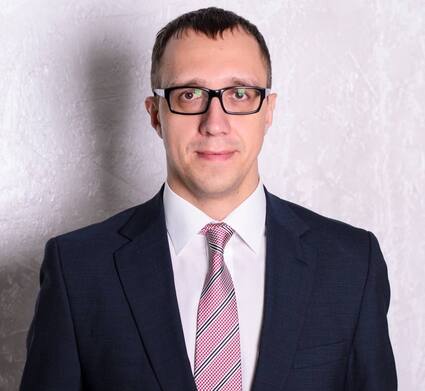Today in industry, conventional networks distributing electricity are being replaced by DER systems − active energy complexes that distribute energy resources in exact accordance with demand. A lean approach has recently been typical for developed Western countries; for example, Germany, Denmark and the Netherlands spent 2.5 times less energy per dollar of GDP compared to Russia and Uzbekistan.
Now such systems are being implemented in Russia. The model for managing the DER active energy complex developed by a team of scientists from the SUSU School of Economics and Management (Irina Solovyova, Anatoliy Dziuba and Aleksandr Semikolenov) is estimated to allow one of the plants in the Perm Territory to potentially save 184 million roubles per year on energy consumption.


Industrial plants usually purchase gas directly from Gazprom: at local branches of Gazprommezhregiongaz or at the St. Petersburg Commodity and Raw Materials Exchange. Gas demand curves are determined by many factors: for example, meteorological factor, if heating boilers operate using gas; by loading production during the day, on weekdays and on weekends; or by turning on or off auxiliary equipment. It is clear that when the demand for gas increases in the autumn-winter period due to the onset of cold weather, its price also increases.
As a rule, the supplier and consumer agree on a limit, above which gas is paid at higher tariffs. They also depend on the season: for example, if the excess occurred outside the heating season − from April 15th to September 15th, then gas (if the limit is exceeded) will cost 10% more, and from September 15th to April 15th − 50% more.
How to take into account all the subtleties and not overpay? Scientists from the SUSU School of Economics and Management have developed a system of key demand factors of the DER complex for gas, and on its basis - a DER management model with hourly consumption planning. Besides, one can also adjust the operating schedules of the production equipment itself. As a result, it is possible to optimally adapt to the price dynamics of the gas market, choose appropriate limits, and plan purchase volumes.
The results were tested at one of the factories in the Perm Region, which is engaged in mechanical processing and assembly of products for the oil and gas sector. The plant consumes both electricity and gas, both for industrial and domestic needs (heating).
Before implementing the model developed at SUSU, the plant needs to purchase and install a DER gas-fired distributed power generation complex with a capacity of 4000 kW.
Scientists have calculated that as a result of the introduction of demand-responsive DER, the enterprise will be able to reduce electricity consumption by 17%, or by 5,485,000 roubles per month; gas costs can be reduced by 19%, or by 8,000,000 roubles per month.
As a result, for an industrial enterprise consuming up to 14 MW of electricity, installing a small distributed energy system with a capacity of 4 MW will reduce the overall energy consumption by 19%, and thus save more than 160 million roubles per year, while recouping the investment costs of installing the DER system.
The model described above and other models for managing the demand for energy resources in industry were introduced at such enterprises as PJSC Izhneftemash and the Izhevsk Plastics Plant.
A team of scientists from the SUSU School of Economics and Management under the leadership of Irina Solovyova and Anatoliy Dziuba patented a model for managing an active energy distribution complex with response to demand, and published an article about it in the international journal Sustainability, included in the Scopus index.




